Which of these platforms are suitable for the laboratory of robotics and intelligent systems?

Lord I already had two different organizations asking for advice about robotic laboratory equipment. And not for younger children, but for older students + younger students, with the possibility of expansion to older students and research projects. That is, it is expected that the laboratory will use professional development tools, rather than simplified ones, like Lego and the insufficiently flexible Arduino. In addition, the robots are expected to do something clever with pattern and situation recognition, so that they could be called “the laboratory of robotics and intelligent systems”.
On this occasion, I want to have a discussion:
')
1. Below I will list several platforms that I am going to bring in August to Kazakhstan and in October-November to Russia and Ukraine. I know that on most of these platforms somebody has built a robot. But which of these platforms are suitable for robotics from your point of view?
2. I do not have much experience with motors and other activators. Where and what would you buy to teach robotics (as embedded programming specializations)?
Eight platforms in my hands:
1. Onion Omega based on the MIPS 24K core, which balances acceptable performance with low power consumption, while Linux can work on it (in MIPS 24K there are 8 in-order stages, a pipeline, there are TLB MMU, caches, a predictor of transitions):

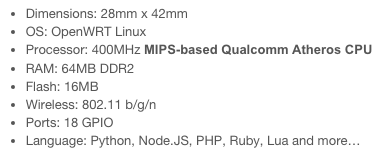
2. VoCore - an even more miniature Linux computer with WiFi on MIPS 24K:
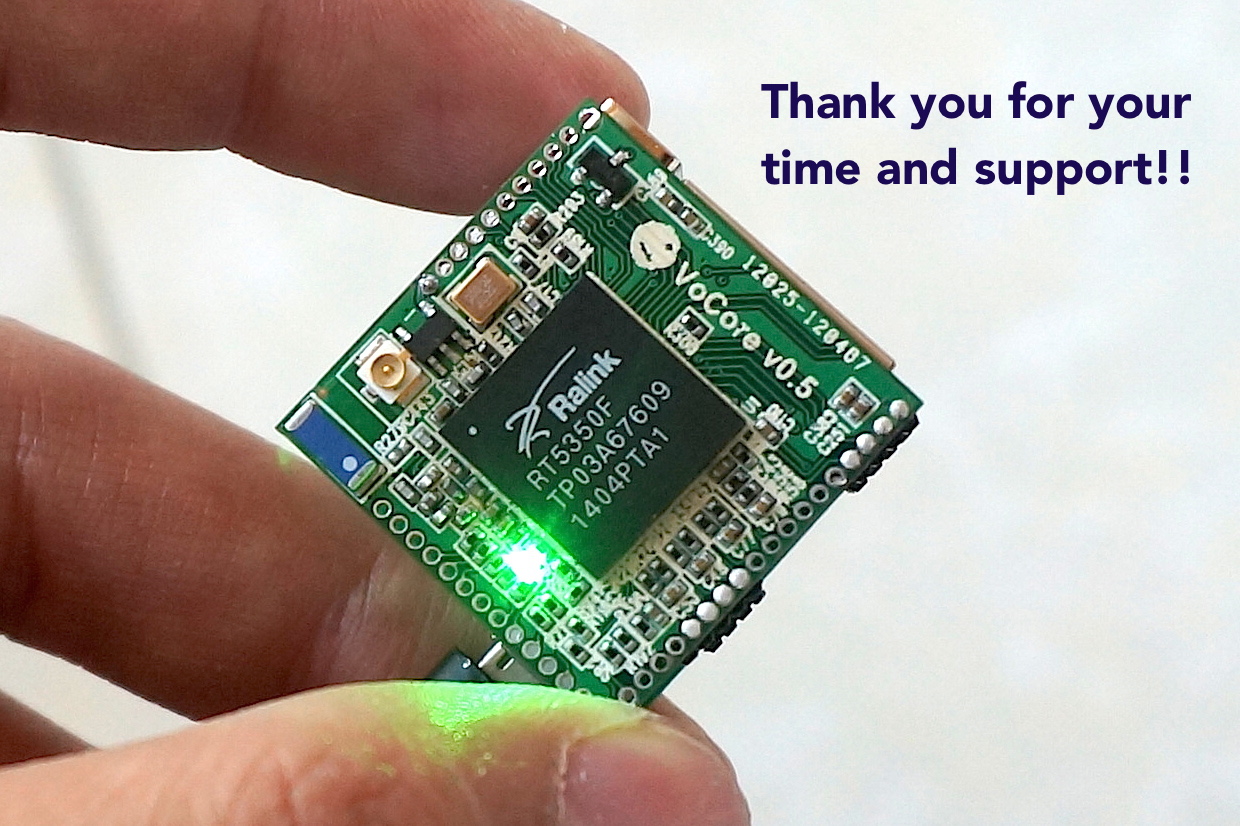

3. Unwired One - a Linux computer designed in Russia on MIPS 24K
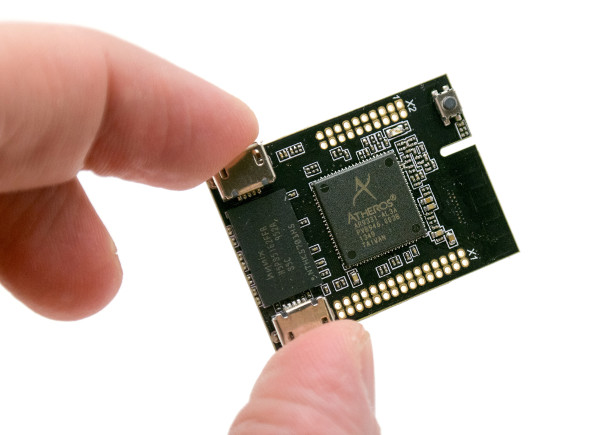

4. MIPS Creator ci20 - more high-performance (but also more power-consuming) computer with MIPS32 Ingenic CPU and PowerVR GPU:
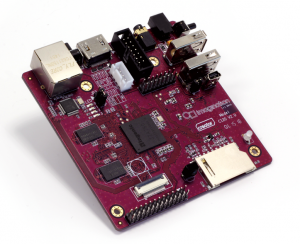
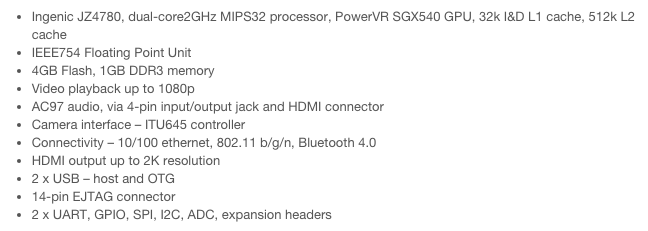
5. Digilent chipKIT Wi-FIRE , microcontroller board with Microchip PIC32MZ EF based on the MIPS M5150 core . In the same class as the ARM Cortex M4, but more powerful - with caches, TLB MMU, FPU and virtualization for security:


6. Olimex PIC32-EMZ64 , a cheaper motherboard with a Microchip PIC32MZ EF. Without WiFi, but with a screen and sound output:

7. The novelty of the season is the built-in MIPS Creator ci40 computer with the MIPS interAptiv core with hardware multithreading support on each of the cores. Although there are two processor cores, multi-core Linux treats them as four, since each of the two cores internally processes two streams of commands - hardware-supported multithreading. While one tread waits during cache miss, the other can work - this achieves greater CPU usage. Ultimately, this structure leads to energy savings compared to systems with a large number of single-threaded cores:
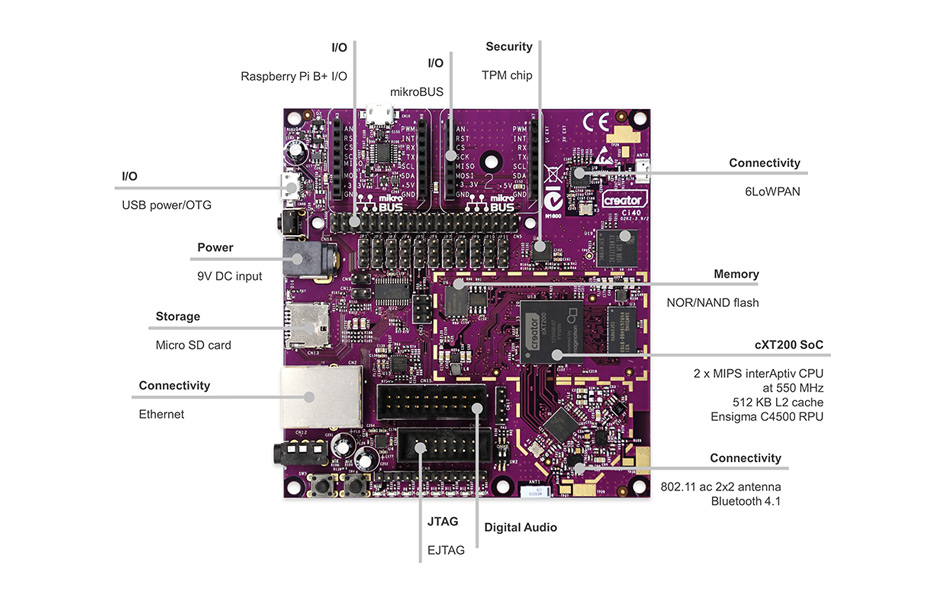
I also note that you can build a robot on the Russian Baikal-T microprocessor with a powerful dual-core out-of-order cluster of MIPS P5600 processor cores, and I have a board with this processor on my hands, but this board is not massive enough yet to use it as a robot platforms in a large number of universities:
Source: https://habr.com/ru/post/369381/
All Articles